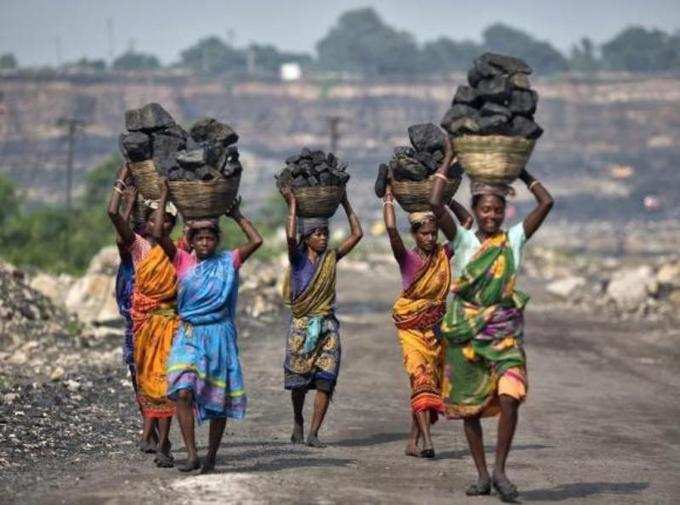
Come February, the citizens of India wait for newspapers with bated breath. The young men and
The current fiscal year’s budget discussion is due to begin soon and Indians will know how their new government will help them with more disposable income, and also create assets for future.
In real sense, though the budget doesn’t have a focal point such as one for men, and women; there surely is a perspective that can be gender oriented. The
They also want an increase in the limit of taxable income, so that the additional money gets routed for education of children or a deposit which can earn more money than sitting idle as cash.
This, in some manner, is what the men wish for too equivocally. Salaried class, whether men or women, want the income tax limit raised to Rs 3 lakh, from the current Rs 2.5 lakh. This apart, they would also like some deduction for housing loans up to Rs 5 lakh, which can help them save more and perhaps rotate as an investment in markets, or savings. As per a survey, more than 92% respondents wanted the taxable income cap to be raised by Rs 50,000 in addition to the existing limit. So, this really is the voice of India.
Women’s safety
The rising number of crimes against women have been petrifying to say the least. So, would we factor in, setting aside money to create safe environment for women as government’s contribution towards better society building?
In some ways, it would be counted as a gender-centric measure since this would not only help today’s women, but also set a trend in some ways for all the future generations too by way of showing the road ahead.
Less is more
Though governments may often have a perspective that favours women more than men when it comes to economic measures, the demonstration is often less compared to the overall picture. Generic measures that would benefit both men and women, usually with a male-favouring perspective, forces women to fight the battle on grounds that are unequal. For instance, when housing loan interest rate is the same for both men and women, it becomes difficult for women with lower income brackets to afford it. Single women, single mothers and even those women who wear the pants in their marriage find it a tad difficult to afford the same rate of interest as a working man with relatively less domestic responsibilities would have done.
So, this is when the common ground becomes an ‘uncommon’ and ‘unequal’ ground.
Experts Speak
Aaron Kipnis (Ph.D) working as a Clinical Psychologist, and author of many books such as ‘The Midas Complex: How Money Drives Us Crazy and What We Can Do About It’, ‘Angry Young Men’, ‘Knights Without Armor’ and ‘What Women and Men Really Want’ has been working on the topic of gender sensitivity and resource allocations by the state.
According to him, gender sensitivity in resource allocations is an essential trend toward greater equity and fairness in public policy. Women and men are not the same in every way and conscious efforts need to be made to assure that no one is excluded from opportunity by virtue of their gender. This aspect seems to be the same world over, including India where being a woman is both a strength and vulnerability at the hands of state and agencies.
“Most gender budgeting initiatives have focused largely on better inclusion of females. This is a good thing in arenas where females have been excluded from resources and opportunities due to gender role bias. Gender sensitivities, however, should swing both ways” he says. While lack of education and opportunities, he notes, is turning men in some kind of antisocial beings, the same condition applied to women is turning them in to even more hardworking persons. Only, the level of exploitation among women rises with lowered access to state, and opportunities. But, men lose track completely turning into some kind of challenges for the society.
(Image: Reuters)